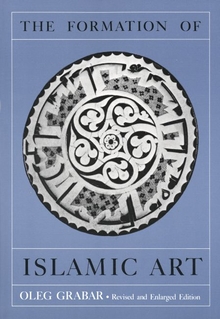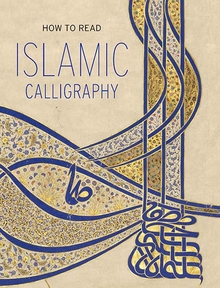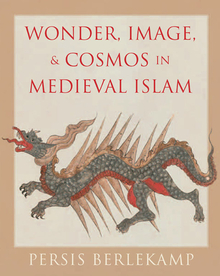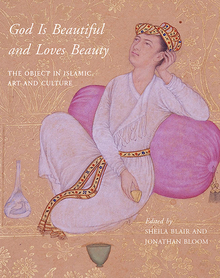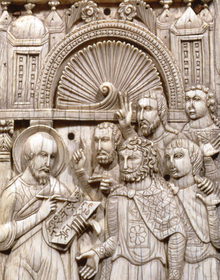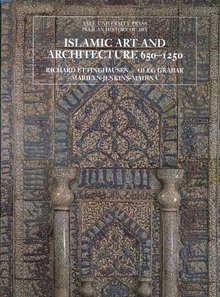The Formation of Islamic Art
WARNING
You are viewing an older version of the Yalebooks website. Please visit out new website with more updated information and a better user experience: https://www.yalebooks.com
Oleg Grabar

Read this book online via the A&AePortal, our art and architectural history eBook platform. To learn more about how to access this book, please contact us.
This classic work on the nature of early Islamic art has now been brought up to date in order to take into consideration material that has recently come to light. In a new chapter, Oleg Grabar develops alternate models for the formation of Islamic art, tightens its chronology, and discusses its implications for the contemporary art of the Muslim world.
Reviews of the first edition:
“Grabar examines the possible ramifications of sociological, economic, historical, psychological, ecological, and archaeological influences upon the art of Islam. . . [He] explains that Islamic art is woven from the threads of an Eastern, Oriental tradition and the hardy, surviving strands of Classical style, and [he] illustrates this web by means of a variety of convincing and well-chosen examples.”—Art Bulletin
“A book of absorbing interest and immense erudition. . . All Islamic archaeologists and scholars will thank Professor Grabar for a profound and original study of an immense and complex field, which may provoke controversy but must impress by its mastery and charm by its modesty.”—Times Literary Supplement
“Oleg Grabar, in this book of exceptional subtlety and taste, surveys and extends his own important contributions to the study of early Islamic art history and works out an original and imaginative approach to the elusive and complex problems of understanding Islamic art.”—American Historical Review
Oleg Grabar is professor of fine arts at Harvard and has served as director of the American School of Oriental Research and director of the Michigan-Harvard excavations in Syria.
Publication Date: September 10, 1987
131 b/w illus.

